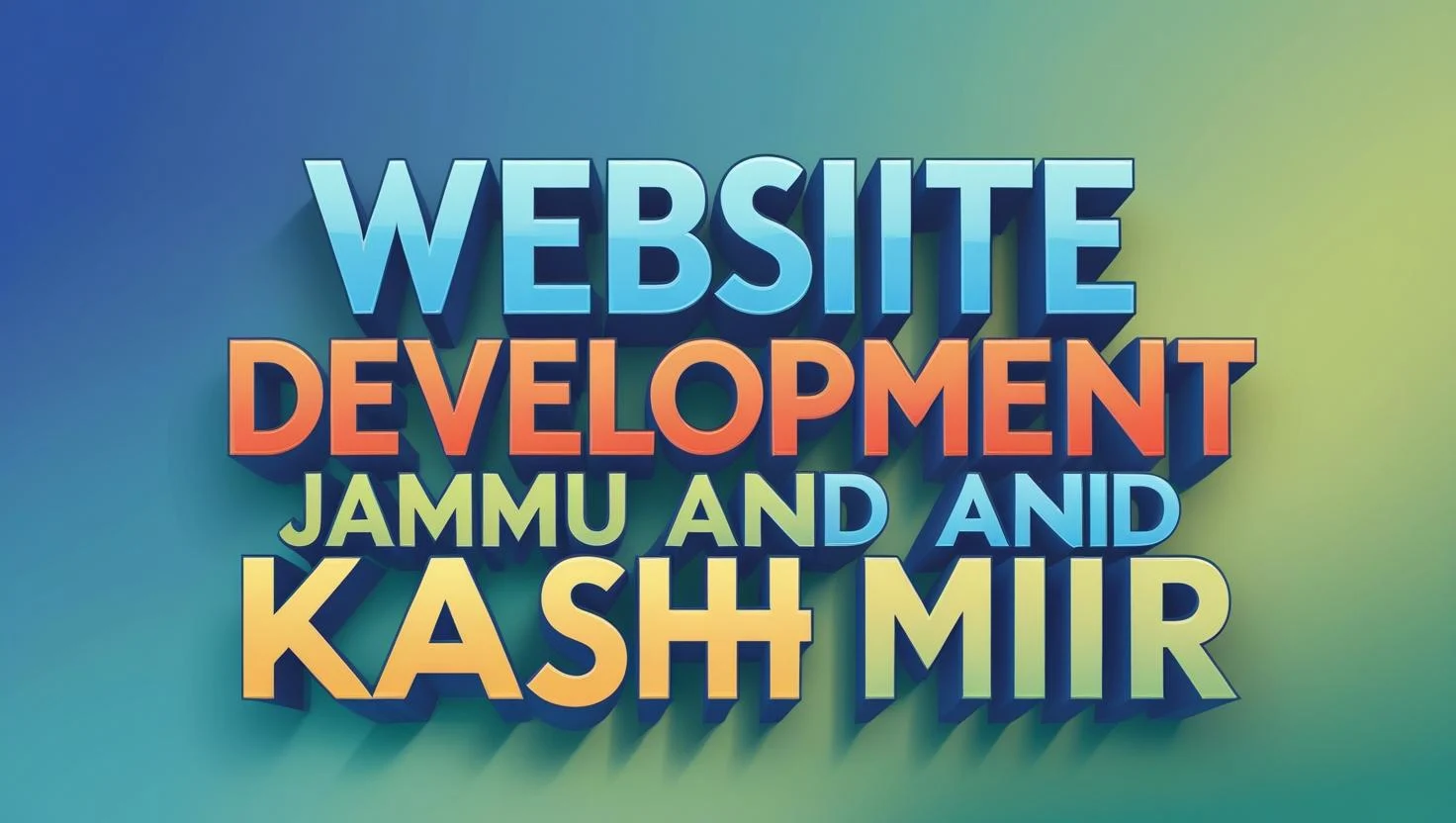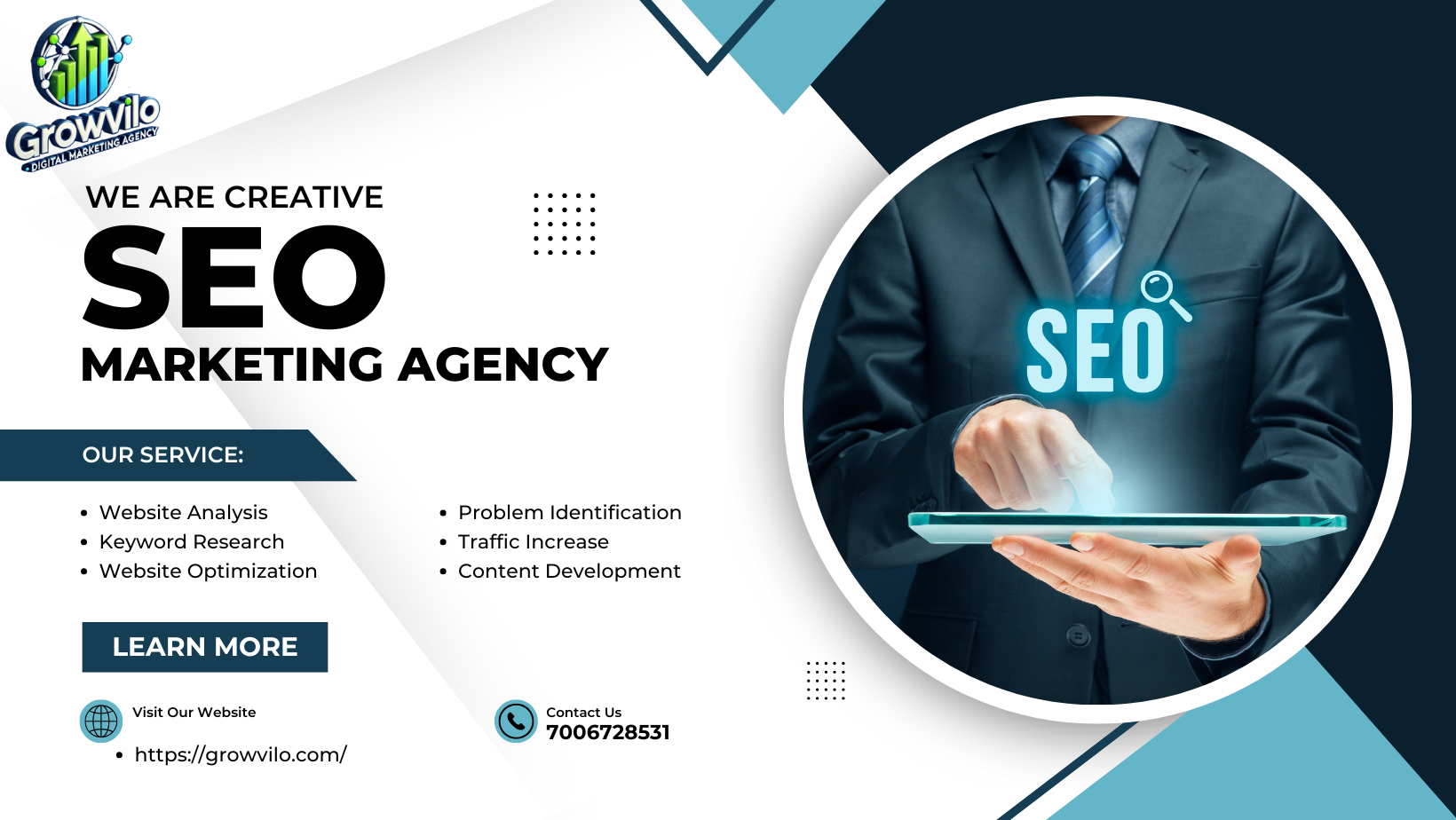Website development combines design, coding, and optimization to create functional, responsive, and visually appealing sites. Discover strategies, tools, and expert insights to enhance performance and conversions for your business.
Website Development Services for Modern Businesses
Introduction to Website Development
Website development is more than just writing code; it’s the art and science of creating a functional, visually appealing, and user-friendly online presence. Whether for a small startup or a large enterprise, a well-built website can significantly impact branding, customer engagement, and revenue generation.
From front-end design that captivates users to back-end development that powers functionality, every element plays a vital role in delivering an exceptional digital experience.
Why Website Development Matters
In today’s digital marketplace, your website is often the first interaction a customer has with your brand. A poorly designed or slow-loading website can drive potential customers away, while an optimized, visually engaging, and easy-to-navigate site can convert visitors into loyal customers.
Key reasons website development is essential:
- Brand Representation – Reflects professionalism and credibility.
- User Experience – Improves satisfaction and retention.
- SEO Benefits – Better ranking on search engines.
- Competitive Advantage – Stands out in crowded markets.
Core Elements of Successful Websites
A great website is the sum of several integrated elements:
- Responsive Design – Adjusts seamlessly to all devices.
- Fast Loading Speeds – Improves engagement and SEO ranking.
- Intuitive Navigation – Helps users find information easily.
- Strong Visual Identity – Consistent branding across pages.
- Security Measures – SSL certificates, secure hosting, and regular updates.
Types of Website Development
Different businesses require different types of websites, such as:
- Static Websites – Simple, cost-effective, and fast.
- Dynamic Websites – Content updates without manual coding.
- E-commerce Websites – Online stores with payment gateways.
- Portfolio Websites – Showcasing work for creatives and agencies.
- Corporate Websites – Representing business services and culture.
The Role of Responsive Web Design
With over 58% of global website traffic coming from mobile devices (Statista), responsive design isn’t optional — it’s a necessity.
Benefits include:
- Improved user experience on all devices.
- Higher search engine rankings.
- Lower bounce rates and better conversions.
- Planning & Strategy – Define goals, audience, and site structure.
- UI/UX Design – Create wireframes and prototypes.
- Development – Code the front-end and back-end.
- Testing – Check functionality, compatibility, and security.
- Launch – Deploy the website on a live server.
- Maintenance – Regular updates and performance monitoring.
Steps in the Website Development Process
Choosing the Right Technology Stack
A technology stack determines how your site is built and performs. Popular options include:
- Front-end: HTML5, CSS3, JavaScript, React, Vue.js
- Back-end: Node.js, PHP, Python (Django/Flask), Ruby on Rails
- Databases: MySQL, PostgreSQL, MongoDB
- CMS: WordPress, Drupal, Joomla
Enhancing SEO in Web Development
An SEO-friendly website is more discoverable and drives organic traffic. Key steps include:
- Clean, semantic code for search engine crawling.
- Fast loading speeds through optimized images and caching.
- Mobile-first design principles.
- Structured data and schema markup.
- Descriptive meta tags and URLs.
Security Best Practices
Website security is critical for protecting data and maintaining user trust. Implement:
- SSL Certificates for encryption.
- Regular Backups for data recovery.
- Firewall & Malware Scans for protection.
- Secure Authentication methods like 2FA.
Common Mistakes to Avoid
- Neglecting mobile optimization.
- Overloading with unnecessary plugins.
- Poor navigation structure.
- Ignoring page speed optimization.
- Skipping regular updates and maintenance.
Future Trends in Website Development
- AI-powered personalization for user experiences.
- Progressive Web Apps (PWAs) for app-like performance.
- Voice Search Optimization to meet growing demand.
- Low-Code/No-Code Platforms for faster builds.
How Growvilo Can Help
Growvilo offers custom website development tailored to your business needs. From planning to launch, our team ensures your site is fast, secure, and user-friendly.
Explore our Website Development Services and connect with us through our Contact Page to start building your next-generation website today.
FAQs
1. How long does it take to develop a website?
A standard business website can take 4–8 weeks depending on complexity.
2. What’s the difference between web design and web development?
Web design focuses on visuals and user experience, while development handles coding and functionality.
3. Can I update my website myself after it’s built?
Yes, especially if it’s built with a CMS like WordPress.
4. How much does a website cost?
Costs vary based on features, design complexity, and development time.
5. Will my website be mobile-friendly?
Yes, all modern websites should be responsive by default.



